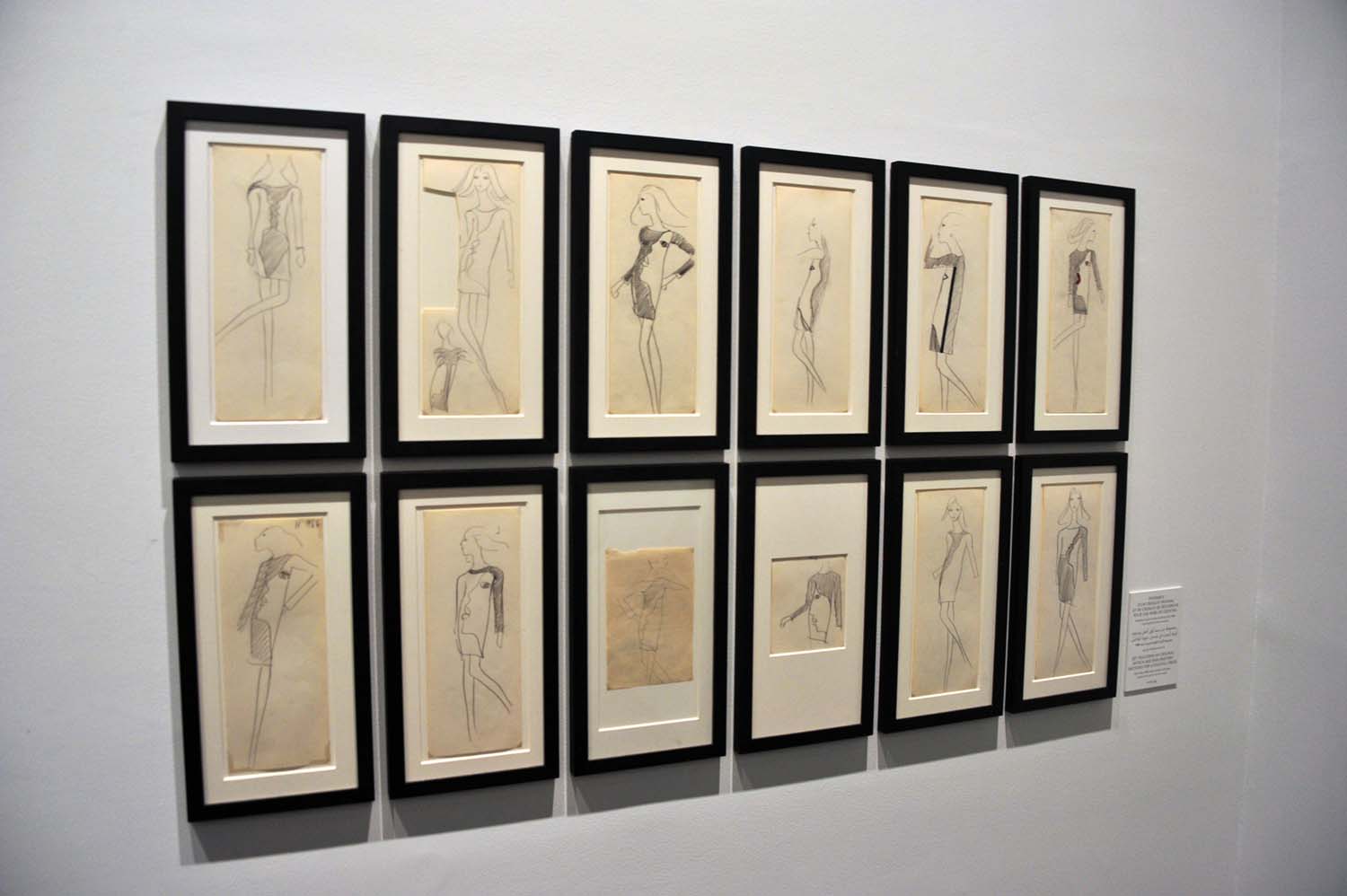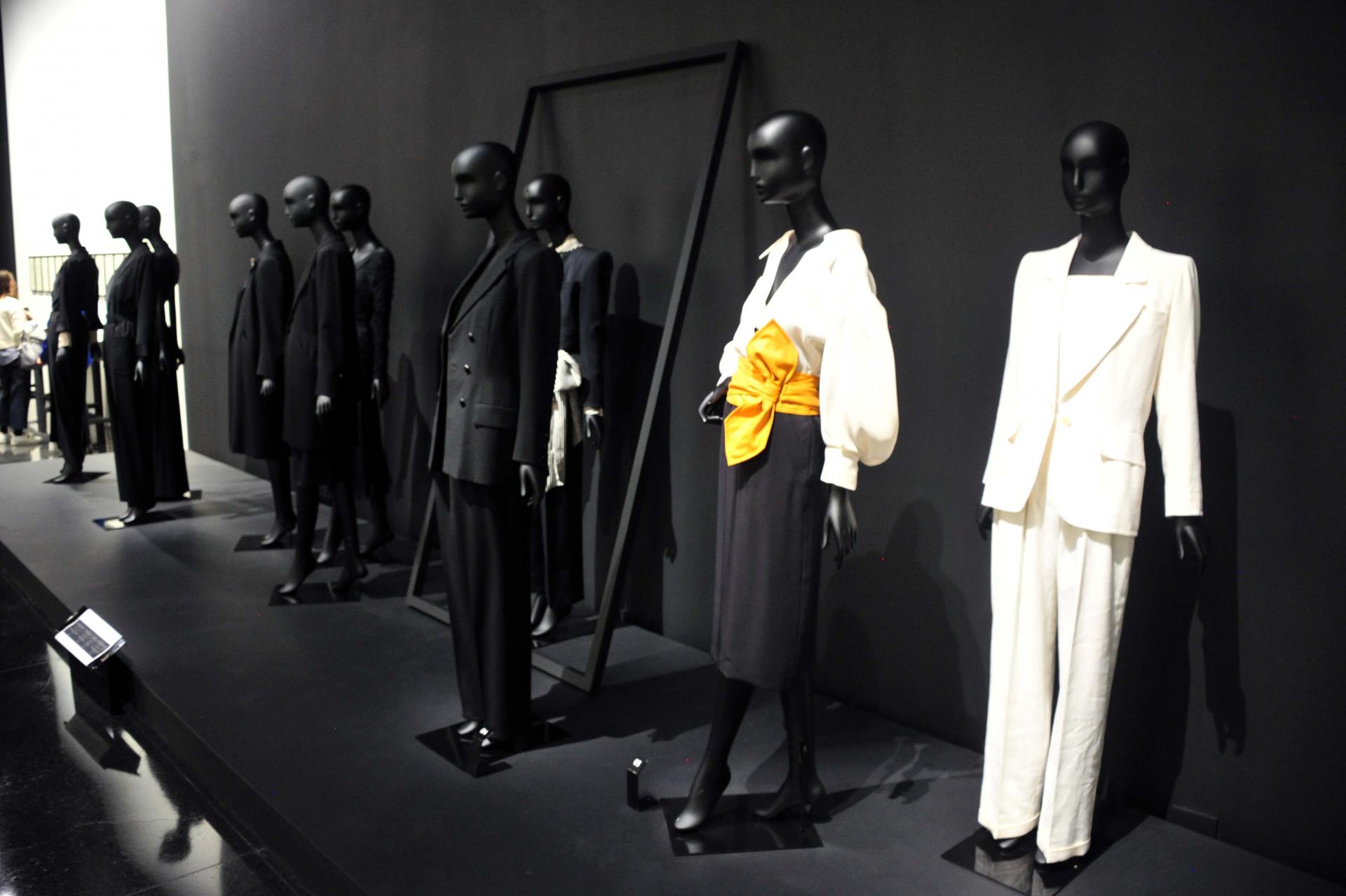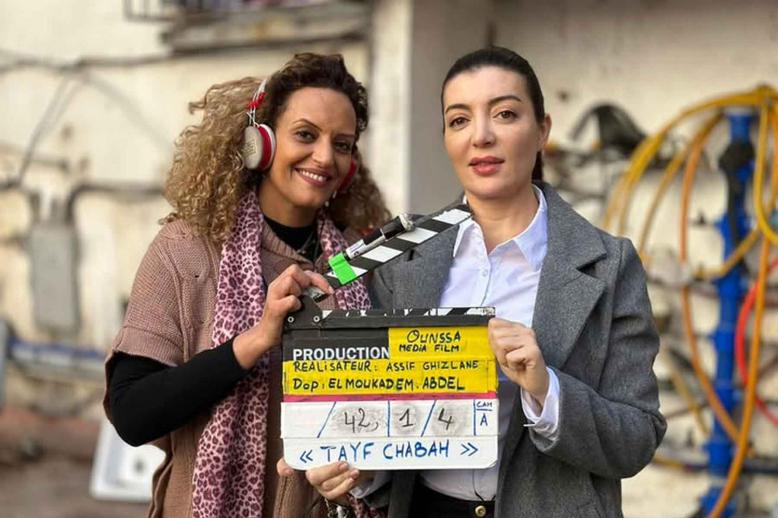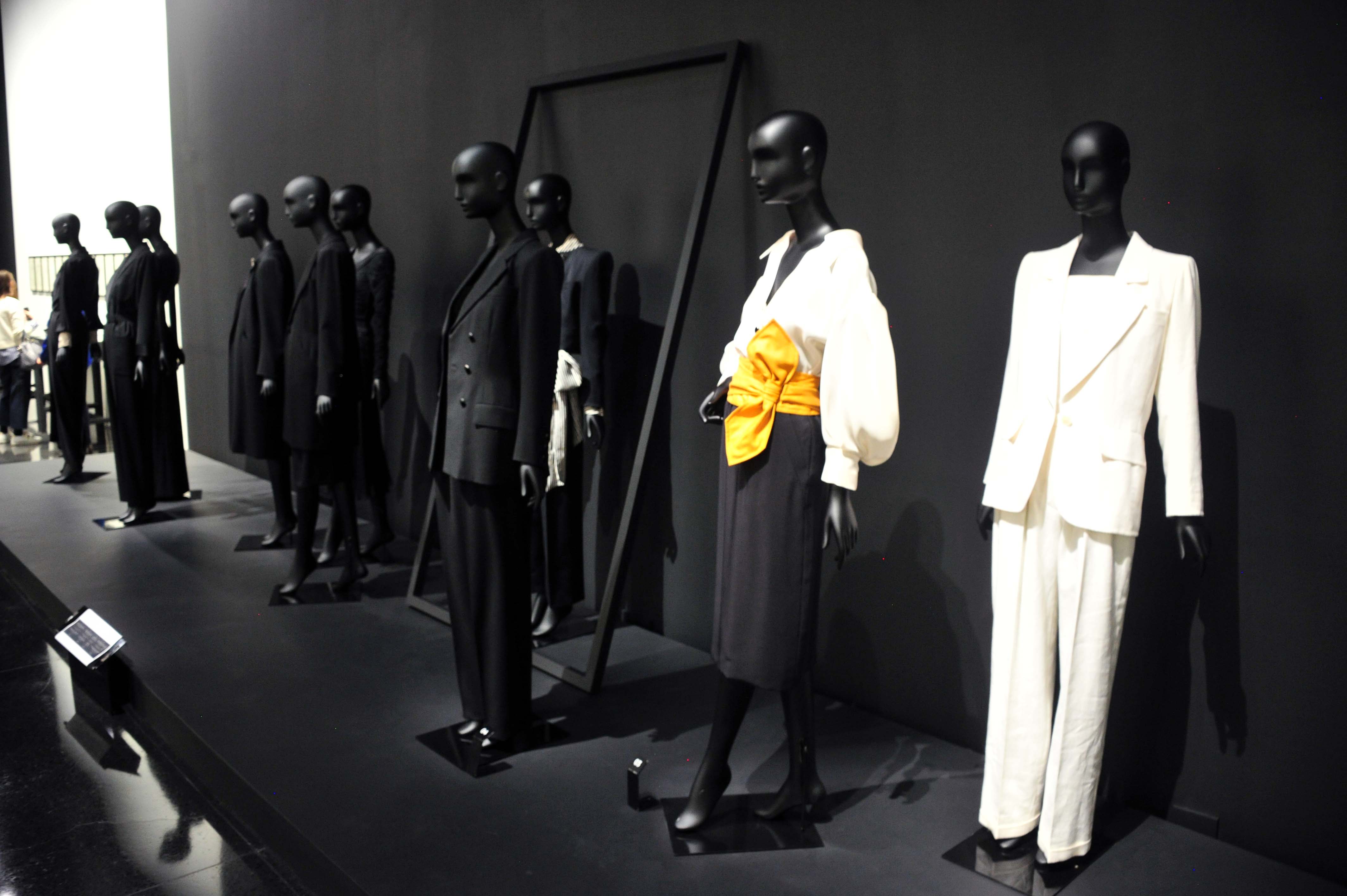
Line and Expression explores graphic work by Yves Saint Laurent
MARRAKECH - The Yves Saint Laurent Museum in Marrakech is holding for the first time an exhibition of the late renowned French couturier who had a very special fondness for Morocco.
The exhibition (March 4 – January 28), which is titled “Line and Expression” (Traits portrait) and curated by Olivier Saillard and Gaël Mamine, explores the rich body of exploratory graphic work by Yves Saint Laurent (YSL).
“Part of our mission here in Morocco at the YSL museum in Marrakech is to expose to the Moroccan public the vast importance that their culture has played on artists outside of Morocco,” said Madison Cox, President of the Yves Saint Laurent museums in Paris and Marrakech and President of the Pierre Bergé-Yves Saint Laurent Foundation, told Middle East Online.
“It is also important for the Moroccan public to understand that there is an extraordinary richness in their patrimony and culture that have had a diverse influence on artists, painters, writers and musicians,” said Madison.
YSL used to travel to Morocco a few times a year to design his exquisite collections, drawing his inspiration from the authentic colours and men and women clad in traditional dresses.
“There was a multitude of inspirations. the colours, as he said so often that it was here where he discovered the power of colour; the traditional costumes including the dejllabas and caftans; the craftsmanship and different types of broideries that exist within the country, and the gardens with their luscious colours,” said Cox.
“All these things were different from what YSL knew in France,” he added.
Both Olivier Saillard and Gaël Mamine have strong links with YSL’s work. Saillard was the curator of the important exhibition Yves Saint Laurent 1971: La collection du scandale, mounted at the Musée Yves Saint Laurent Paris in 2015.
It examined a legendary collection that was heavily critiqued by the press when it was unveiled, yet was universally adopted by the public and sparked the retro trend, which continues to resonate within fashion today.
Mamine was Head of Collections and Textiles at the Fondation Pierre Bergé – Yves Saint Laurent and played a key role in the Saint Laurent retrospective at the Montreal Museum of Fine Arts in 2008.
More than 60,000 sketches and drawings are preserved by the Fondation Pierre Bergé –Yves Saint Laurent in Paris — highlighting the grand couturier’s vision that is so readily grasped through simple and often highly evocative line illustrations.
In many, even a type of fabric is implied: the etherealness of chiffon, the shimmer of silk, the textural weave of tweed and sumptuousness of velvet are richly and visibly evoked by simple lines drawn with an HB pencil.
This distillation of his vision to several rapidly sketched lines allowed for a unique and extraordinary understanding between Saint Laurent and those working in his ateliers, whose vocation was to realize the couturier’s vision.
“Yves Saint Laurent, like some of his predecessors and contemporaries, liked to be alone. Far from the Rue de Babylone or the salons of Avenue Marceau, he found refuge in Marrakech. Here, surrounded by colours dear to his heart, he could dream up his next collection in complete solitude,” said Saillard.
“For hours, whole days, even nights, the couturier let the pencils and pens glide across the paper, tracing the black contours of silhouettes of imaginary women, enhancing a collection of imaginary clothes with colour,” he added.
Through this exhibition, the Musée Yves Saint Laurent Marrakech reveals the depth and richness of its collection—little known to the general public until now—through a choice of around a hundred unpublished drawings which cover a vast part of the grand couturier’s career, while highlighting two specific years: 1976 and 2002.
The choice of sketches to be exhibited was guided by a desire to emphasize the role that the pencil stroke and line play in the graphic work of the artist, while paying homage to his last runway show, when he presented his iconic chiffon trait de crayon (pencil stroke) dresses.

“These drawings that we created in Marrakech were the result of YSL’s days of work during his stays in the ochre city a month before presenting his collections,” said Saillard.
“YSL was a unique couturier. He was a very talented drawer. His drawing line was emancipated at the same time women’s emancipation was evolving,” he added.
A simplistic, yet captivating style of the dresses displayed at the exhibition evoke the breath-taking outcome of YSL’s magic pencil strokes.
“You might see it as a natural sin or weakness from my side, but I chose the simplest dresses for this exhibition,” said Saillard.
“You will discover many black dresses which are like feather strokes in ink and other dresses of colour which are like pastel boxes, felt pens or oil painting … a reminder that YSL’s clothes start here in Marrakech,” he added.







